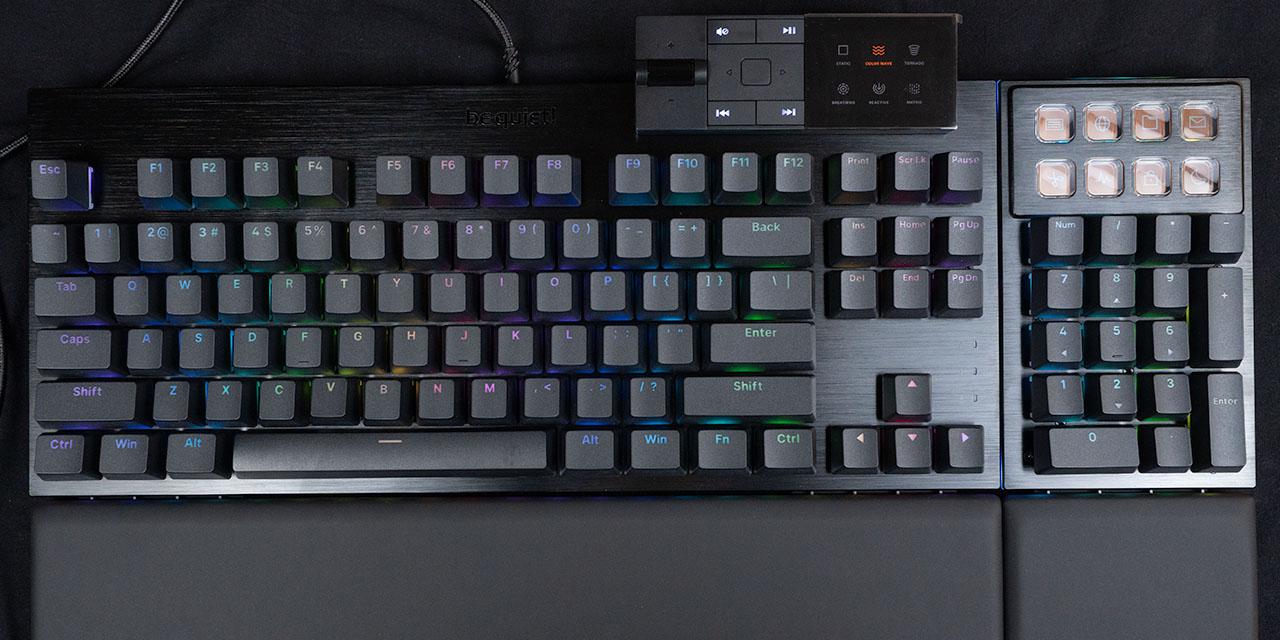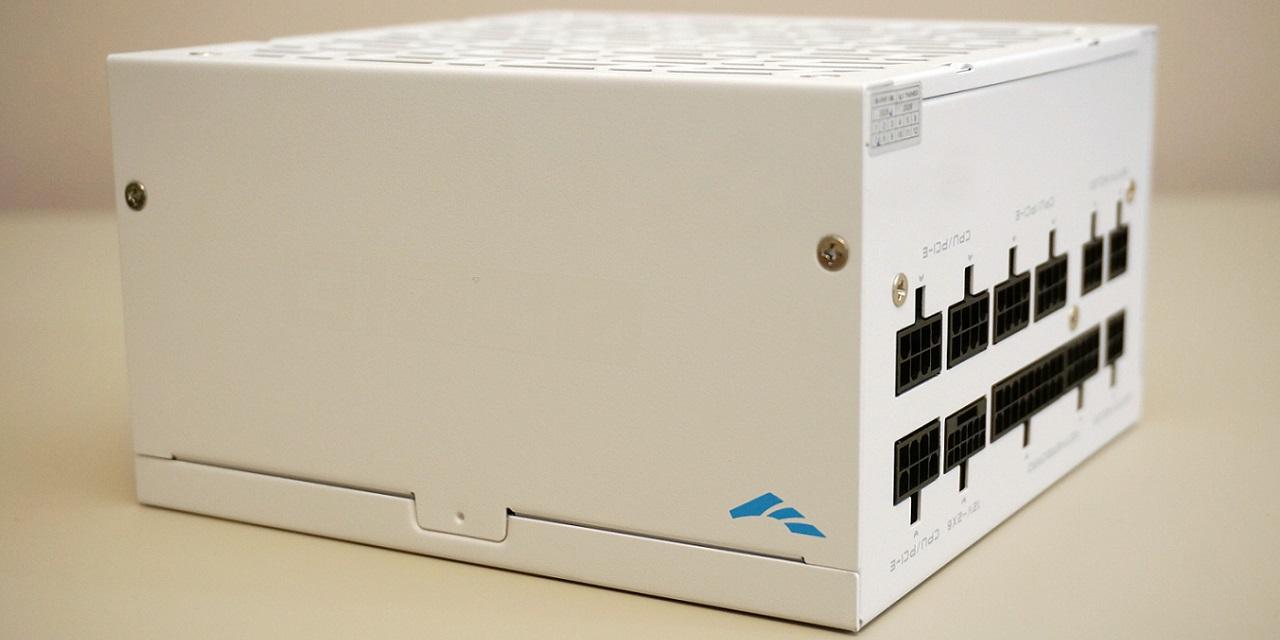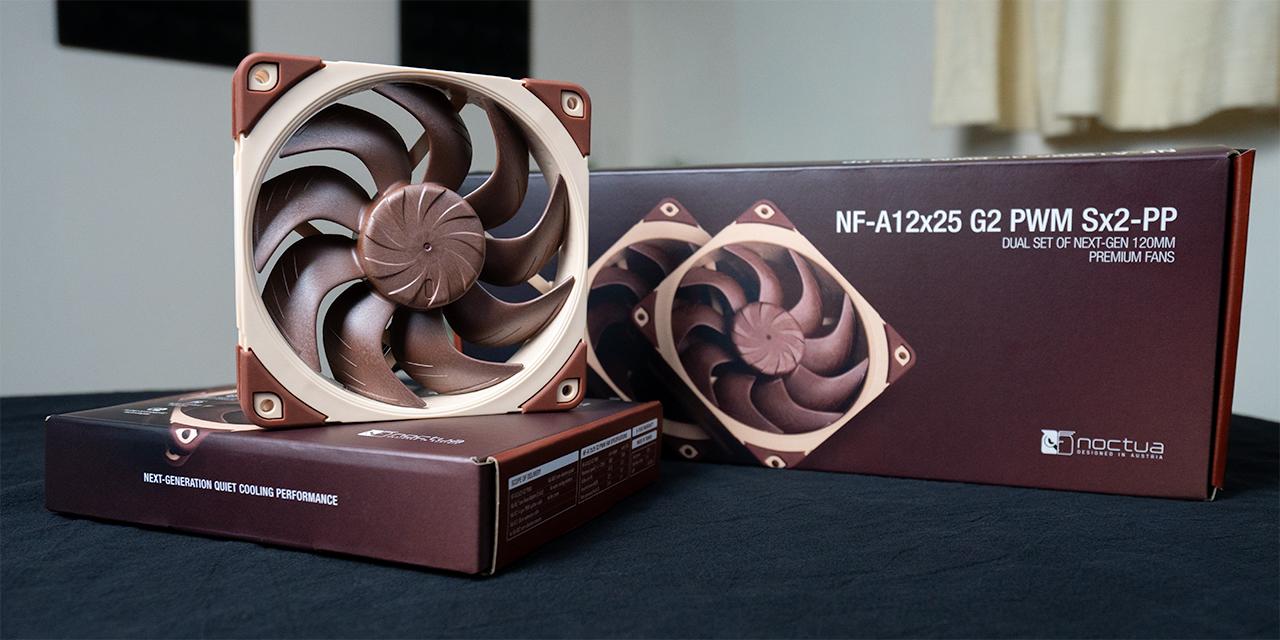From X-bit Labs: Microsoft Corp. has announced the latest version of its DirectX application programing interface. Just like its predecessors over the last twenty years, the DirectX 12 will bring new capabilities as well as improve performance. But perhaps, more importantly, it will address all platforms that Microsoft serves – PCs, tablets, smartphones and Xbox One – and will eliminate performance bottlenecks by at least a certain degree.
One of the key features of the DX12 is that it provides a lower level of hardware abstraction than ever before (which some developers call close-to-metal, CTM, approach), allowing games to significantly improve multithread scaling and CPU utilization. In addition, games will benefit from reduced GPU overhead via features such as descriptor tables and concise pipeline state objects. Besides, Direct3D 12 also introduces a set of new rendering pipeline features that will dramatically improve the efficiency of algorithms such as order-independent transparency, collision detection, and geometry culling.
Another key aspect regarding the Direct3D 12 is that it works across all the Microsoft platforms from smartphones and tablets, to laptops and desktops, and, of course, Xbox One. Mobile devices these days end to become more and more powerful, which is why they need desktop-class APIs and increased efficiency to sustain battery life. The DX12 promises that thanks to its improved multithread scaling and CPU utilization as well as CTM approach to graphics functions, it will allow mobile devices to make certain tasks quicker and therefore reduce consumption of energy.
Theoretically, developers of video games will be able to create games that will run on all platforms that Microsoft serves, from sub-mobile to PCs to the Xbox One.
At first, DirectX 12 will be supported by AMD Radeon graphics processing units powered by the GCN architecture; Intel Core i-series processors “Haswell” and “Broadwell” with Iris graphics cores; Nvidia GeForce GPUs featuring Fermi, Kepler and Maxwell architectures; Qualcomm Snapdragon mobile system-on-chips with the latest Adreno graphics. In a bid to support all graphics functionality the DX12 has to offer, GPU designers will have to develop new GPU architectures.
DirectX 12 preview will be available this year, whereas the official release is scheduled for late 2015. Keep in mind that by late 2015 the software giant will most likely design all-new Windows operating system and the new DX12 could be a tip of the iceberg when it comes to vision for the next Windows.
View: Article @ Source Site





